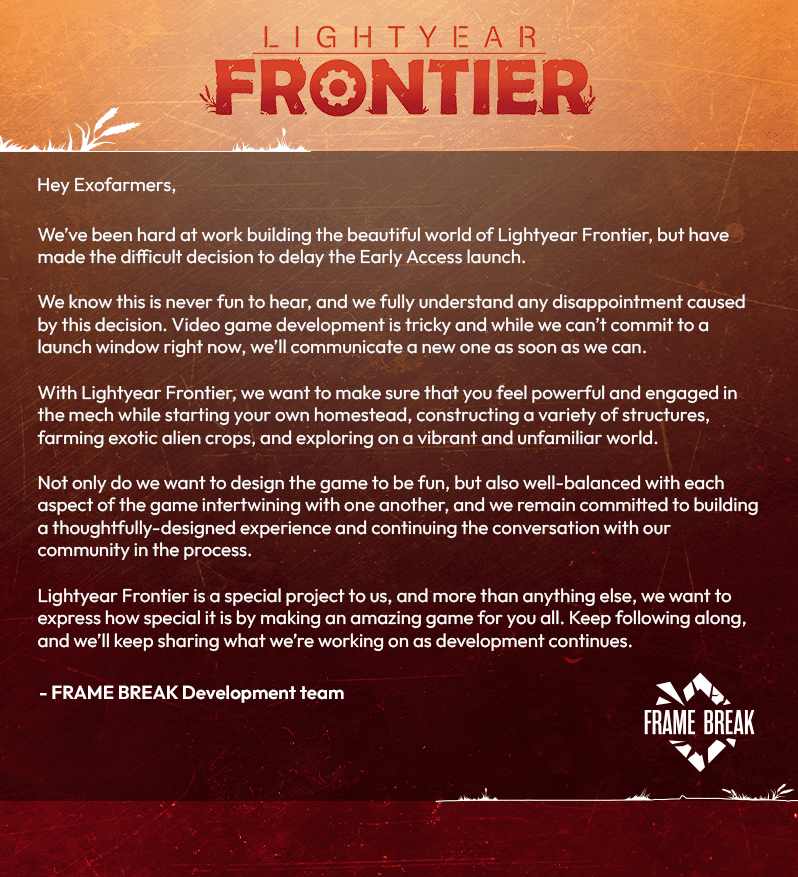Game creation involves several stages, including conceptualization, game design, programming, art and visual design, game testing and refinement, and launch. The conceptualization stage involves developing a document that encapsulates the game’s idea, while game design focuses on creating game mechanics and environment through level design. Programming involves selecting the best technology to bring the game design to life, while art and visual design set the game’s style, color, texture, and tone. Testing ensures game functionality and identifies bugs, and refinement involves fixing issues based on user feedback. Finally, launch requires uploading the game to gaming platforms and using marketing methods to secure a player base. Successful game development requires each stage to complement the other.
Exploring The Process Of Game Creation: From Concept To Launch
Game creation is a complex and intricate process that involves several tasks and stages. From conceptualization to game design, coding, testing, and launch, there are numerous steps involved in bringing a game to life. In this article, we will explore the various stages of game creation, the technologies used, and the teams involved in the process.
Conceptualization
Every great game begins with a concept. The development team brainstorm ideas, and designers pour out their imagination on how the game will look like, its mechanics, storyline, and other creative concepts. The goal is to create something new, innovative and unique.
The concept stage involves creating a document that encapsulates the game’s idea, its objectives, mechanics, the setting, the in-game characters, and the overall game-play experience. This document serves as the driving force of the game’s development process, and it sets out the foundation and goals to achieve in the game design process.
Game Design
Once the game concept is finalized, the next stage is game design. The game designer is responsible for creating a game play experience account through level design and implementation of game mechanics. They sketch out the environment, the character, and their movements, and actions.
In this stage, the game designer drafts out the storyline, maps out levels and designs game mechanics, movement, and user interface elements that are intuitive, easy to use and that resonate with the game’s target audience. The game design document will undergo several revisions until it in its final state.
Programming
The next stage is programming. This stage involves bringing the game design document to life by programming the game mechanics, interactions, and user interface. The programming team will select the best technology to use, and they will bring the game design to life.
Different programming language and game engines can be used. Common game engines are Unity3D, Unreal Engine, and GameMaker Studio. The programming team may also take note of developing the game in such a way that it can run on different platforms such as mobile, PC, and gaming consoles.
Art and Visual Design
Once programming is done, it’s time to apply visuals to the game. Art and Visual Design will determine how the game will look and feel. They establish the game’s style, color, texture, and tone. This stage requires a high level of creativity and artistic expertise. Early collaboration between the game designer and art and visual design teams lead to the creation of game aesthetics that match the game design document.
Game Testing and Refinement
Once the game is developed, the next stage is testing. The game is put to the test to confirm its functionality and usability. The goal is to identify bugs, errors, glitches, and other issues that may need refinement. This stage requires intense testing to ensure that the game is stable before release. Testing is done in various environment conditions to examine different game experiences that could occur through play testing.
Refinement is the stage where the development team fixes identified bugs, issues, and glitches by reprogramming or updating the game mechanics, art of visual design. User feedback is integral to the refinement stage, which allows user’s input to become essential in fixing issues the team may have missed. This phase may require several iterations.
Launch!
Finally, after several iterations of design, programming, testing, and refinement, the game is ready for release. Launch day is the day when the development team’s hard work and dedication come to fruition. Launching the game requires that the game is uploaded to gaming platforms, such as Google Play Store, Apple Store, Steam or Itch.io.
Marketing is essential to secure a player base. Various advertising methods can be used, such as social media and paid advertisements. The launch day is also the time to evaluate metrics such as sales, player engagement, and user feedback. This data helps in improving the game in future releases, fine-tune the game mechanics, and make corrections to the gameplay experience.
Conclusion
The game creation process is an elaborate process that involves brainstorming, design, programming, art, testing, and refinement. Each stage has a specific task, and successful game development is when each stage complements the other. While the process may time-consuming and require expensive resources, a compelling and successful game with unique gameplay and design elements will make the game development process worthwhile. Game designers must consider the target audience and the game environment to establish the game design’s appropriate aesthetic.
